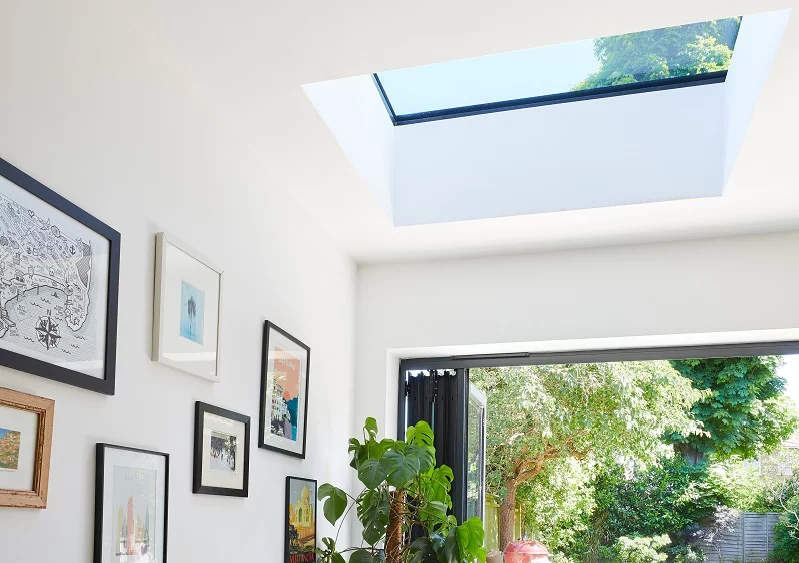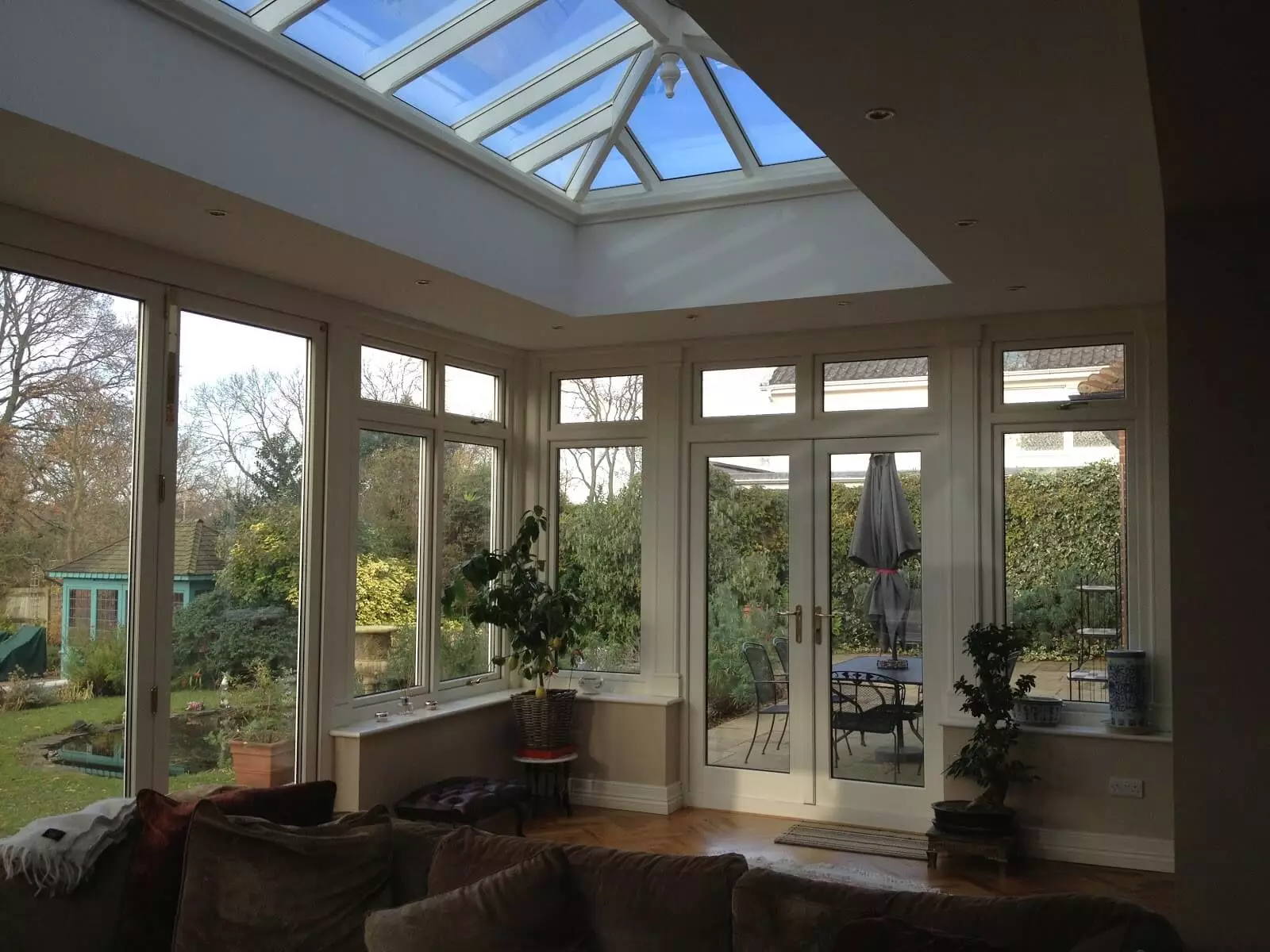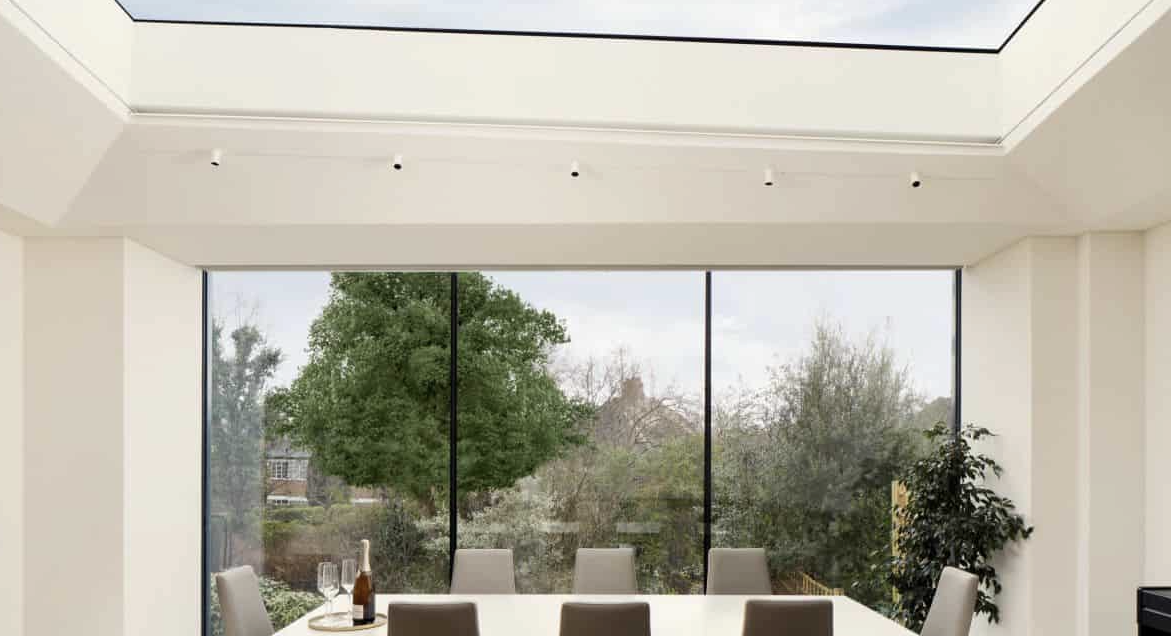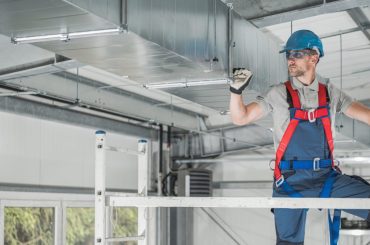Table of Contents
A common feature of contemporary architecture is the flat skylight. They have completely transformed interior areas by skillfully incorporating natural light. Commercial complexes, residential complexes, and industrial buildings all use these slick, practical installations.
Homeowners, designers, and architects have all taken notice of them. This thorough tutorial covers the various advantages of flat skylights and offers a thorough explanation of how to install them. It will provide readers with all the knowledge they require to efficiently and stylishly light their environment.
Flat Skylights Benefits

Illuminating Interiors: Flat skylights are a popular choice because they can fill interiors with a lot of natural light. Flat skylights can create a comfortable and welcoming atmosphere by bringing the warmth of the sun indoors. This natural light boosts productivity and happiness, which in turn improves the experience of all occupants.
Enhancing Energy Efficiency: Adopting flat skylights is a proactive move towards improving the energy efficiency in buildings. These installations reduce energy consumption by reducing the use of artificial lighting during daylight hours. The flat skylights are strategically positioned to allow passive heating and cooling. This optimizes thermal comfort, and contributes to long-term energy savings.
Facilitating Ventilation: Certain models of flat rooflights have operable mechanisms to regulate airflow and ventilation. These ventilated flat skylights improve indoor air quality by exchanging stale air indoors with fresh air from the outside. They also reduce the accumulation of allergens and pollutants. This improved ventilation promotes a healthier environment and ensures maximum comfort for the occupants.
Elevating Aesthetic Appearance: Flat skylights are not only functional but also a beautiful architectural feature that can enhance the appeal of any room. These installations, with their clean, sleek lines and sleek profiles, add a touch of contemporary elegance to modern and traditional environments, increasing the visual impact.
Flat skylights can be installed in living rooms or commercial atriums. They also work well as focal points to create an impression of spaciousness and sophistication.
Increase Property Value: Installing flat skylights is a good investment for the marketability and value of a home. Flat skylights are not only beneficial in terms of aesthetics and energy efficiency, but they also add to the appeal of a property, attracting buyers who want a home with modern amenities and natural light. The addition of flat rooflights to residential properties can increase their resale values and appeal.
Installing Flat Skylights Guide

Roof Structure Assessment: Installing flat skylights requires a thorough evaluation of the roof structure. This is to make sure that it can accommodate the new installation. Before beginning, hire a structural engineer who can evaluate the roof’s load-bearing capability and determine its ability to hold the weight of skylights. Assess the structural integrity and substrate of the roof membrane to identify potential problems that could impact the installation.
Location Selection: It is important to carefully consider the best location to install flat skylights. Roof orientation, solar exposure and interior layout are all factors that must be considered to maximize natural light and minimize glare. Ideal flat skylights are positioned on south-facing roofs to maximize sunlight and provide optimal interior illumination.
Roof Opening Preparation: After identifying the best location, prepare the roof opening according to the manufacturer’s specifications. Mark the perimeter of the roof opening with precise marking tools and measurements. This will ensure accuracy and alignment to the dimensions of the skylight frame. Use caution when cutting the roofing material. Wearing the appropriate safety equipment and gear will help to reduce the risk of injury.
Skylight Installation: Install the Flat Skylights according to the manufacturer’s specifications and guidelines. Position the skylight frame carefully within the designated opening. Ensure that it is level and aligned with the roof surface. Use appropriate fastening techniques, such as bolts or screws, to secure the frame. Take care to maintain an airtight seal between frame and roofing material.
Weatherproofing and sealing: It is important to weatherproof and seal all the edges of the skylight frames. This will prevent moisture from entering and causing damage. Use a roofing sealant to ensure complete coverage of the skylight frame and its adhesion with the roofing substrate. Also, check the surrounding roofing materials for signs of deterioration or damage. Address any problems immediately to avoid future leaks.
Interior Finishing: After the installation of the skylight, pay attention to the finishing details on the inside to ensure a smooth transition between the ceiling and the skylight. Install trim around the frame of the skylight to hide any imperfections or gaps, giving it a polished and clean appearance. Consider adding glare-reducing or light-diffusing accessories such as blinds and shades to improve the functionality and comfort of your skylight.
Conclusion
Flat skylights are a flexible and aesthetically pleasing way to bring natural light into interior spaces and enhance the quality of the environment. These innovative installations, which harness daylighting’s benefits, contribute to energy efficiency and architectural appeal. The installation of flat rooflights, with careful planning and execution, can transform ordinary rooms into luminous sanctuaries that are imbued in style and functionality. This will enrich the lives of the occupants, and add value to the property for many years to come.





